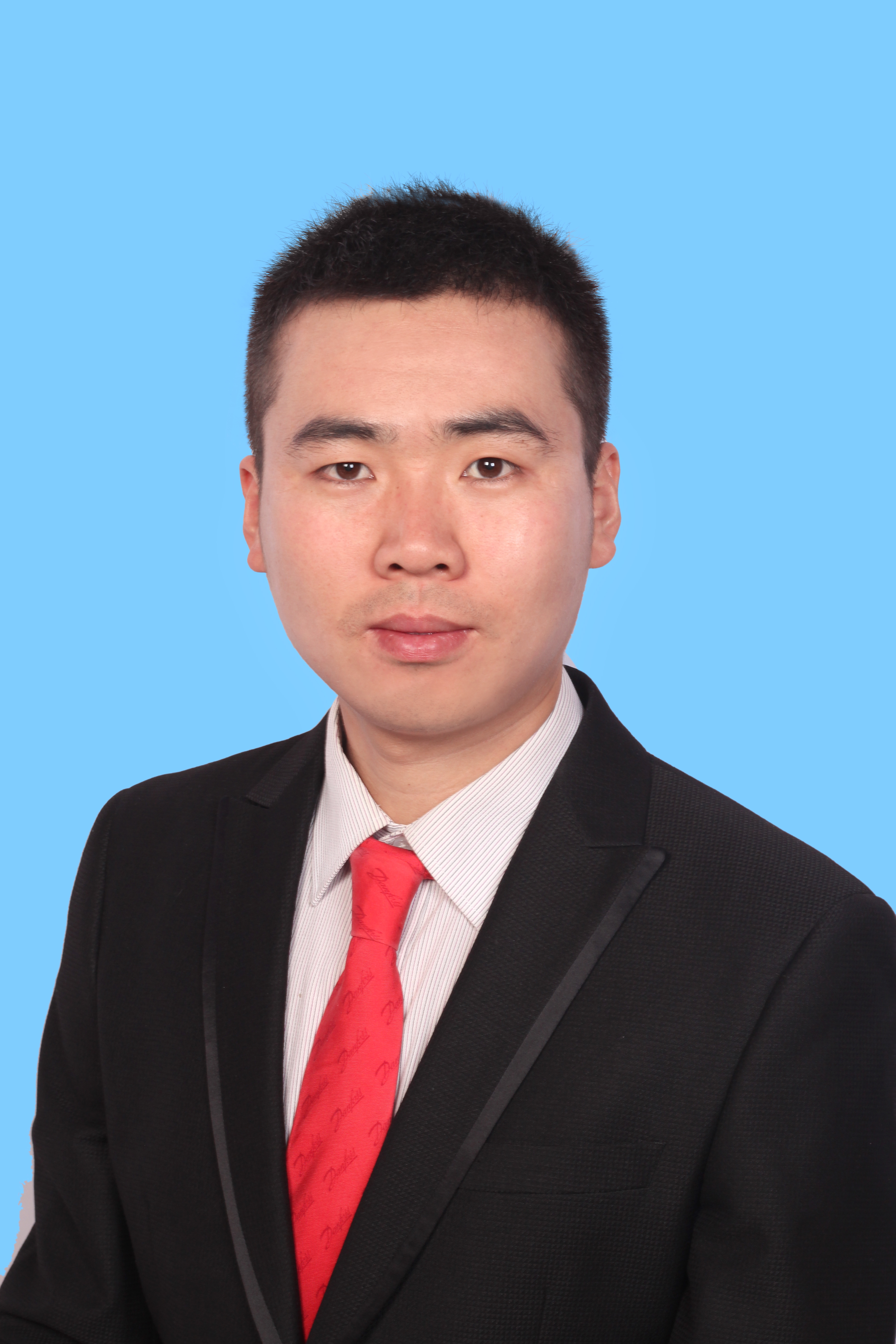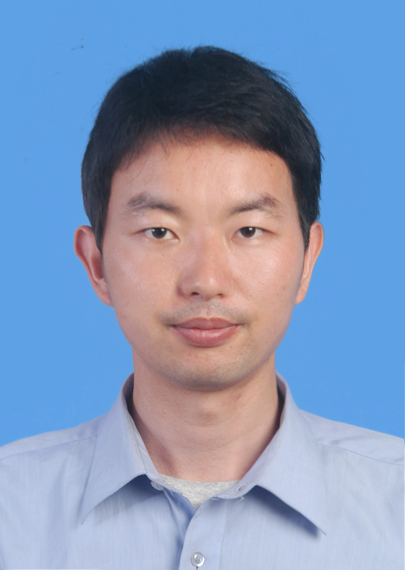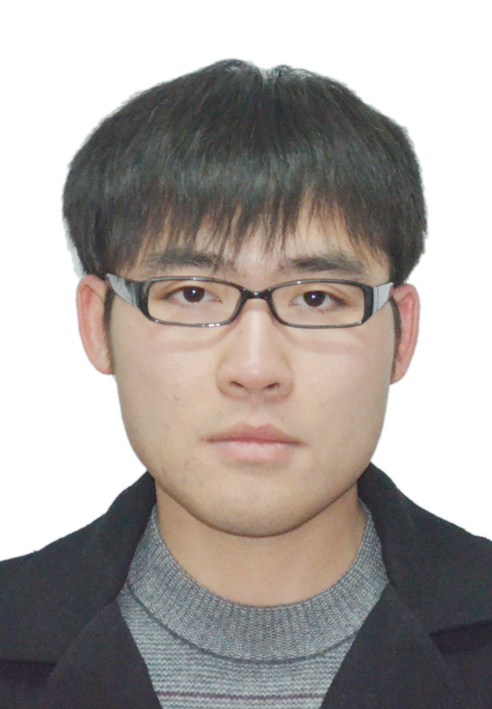Wednesday morning, 26 June 2019
Chairperson: Prof. Meiqin Mao, Hefei University of Technology, China
10:00
3-Level NPC Topology in Wind Inverter
There is a trend to use 3-Level solution to replace traditional 2-Level solution in some application. Efficiency, cost, higher switching frequency and small footprints are all highly relevant value propositions for those applications such as APF, Solar etc. Selecting 3-Level topology can decrease the size of the filter because of lower switching voltage and feasible higher switch frequency. Losses in 3-Level IGBT module will be lower than 2-Level module can also help to increase the efficiency remarkably. In this paper an 3-Level IGBT power module for wind inverter 1050VDC system is presented. The cons and pros of 3-Level in wind inverter will be discussed.
Xiangfei Meng, Danfoss Silicon Power, China

Meng Xiang Fei received the bachelor degree in automation in 2010 and Master degree in control theory and control engineering in 2012 from Northeastern University. After graduation, he worked as a power electronics engineer, was responsible for wind turbine inverter development. After that, he joined Infineon and took charge of power stack customer support and failure analysis. He got best YIP of Infineon and incredible reward from company. He together with his team won Infineon IPC LEADs award Munich 2015 for his outstanding work. Now, he works for Danfoss Silicon Power takes charge of Chinese market technical support and customized power module development.
10:25
3 level topologies for windmill converter
To achieve lower cost per KW, bigger and bigger wind turbine is becoming a clear trend in the market today. For new offshore installation, 5MW and higher power wind turbine is common. Traditional 2 level low voltage converter is no longer appropriate for multi-MW converter because of higher current stress and cost.
By using 3 level topologies, the output voltage of converter can be increased even with same rated voltage IGBT. Higher output voltage can dramatically save the cost of cable inside tower.
Compared to traditional 2 level topology, NPC or ANPC topology can reduce the du/dt, smaller choke filter can be used and the output waveform is closer to sinusoidal, which means lower THD.
In China, all major windmill converters have started pre-study or even already developed 3-level converter. IGBT module suppliers have to adjust their product portfolio to meet this trend.
Fengjie Zhu, Semikron Electronics (Zhuhai) Co., Ltd., China

Majored in Electrical Engineering and automation and have more than 17-year experiences in field of power electronics design and application. Have been working for SEMIKRON China as Field Application Manager since 2012. Familiar with Thyristor, IGBT and rectifier module application.
10:50
Coffee Break
11:05
Paralleling of medium-power IGBT modules in windmill converter to reduce size and cost
Flexibility, price pressure and second source are the main factors to change the design strategy for windmill converter. High power modules (1400A/1700V) are used for windmill converter (1-1.5MW) since the past years. Paralleling knowledge of IGBTs was uncommon. Design of 4 standard IGBTs with different driver solutions will be shown and test results will be explained in the paper. Parallel inductance will become unnecessary if the IGBT driver design can be optimized. Bundle solutions (IGBT driver and IGBT module from one supplier) will be introduced .Investigation in DC bus capacitor design and lifetime calculation (capacitor and IGBT module) show new results in DFIG- and full size windmill converter design. Low frequency handling will be explained and influence in IGBT design will be shown .Common windmill converter designs are in half bridge topologies. One windmill converter contains 12 half-bridges and one half-bridge for brake chopper. We will discuss the change from half-bridge design (GB) to 6-pack design (GD). In our paper we will introduce a 1.5MW windmill converter design with 450/600A/1700V IGBT modules.
Xiaoming Liu, Semikron Electronics (Zhuhai) Co., Ltd., China

Major in mechanical and electronic engineering and have more than 5 year experiences in IGBT drive design and IGBT test. Familiar with IGBT modules application and IGBT drive design.
11:30
Control Strategy of Parallel Unidirectional Controlled Rectifiers for Reactive Power Compensation
Since unidirectional rectifiers be widely used in the commercial market, it’s an economical solution for improving power quality in industrial applications. Due to input current distortions, the amount of reactive power contributed from an individual unidirectional rectifier will be restricted. To address this problem, this paper introduces the parallel unidirectional rectifiers, and provides a control scheme based on such parallel structure for compensating reactive power.
Changgeng Tian, China University of Mining & Technology, China

Changgeng Tian is a doctoral candidate at China University of Mining & Technology, Beijing. He received his Bachelor's degree in Electrical Engineering from North China Institute of Science and Technology, Beijing, China, in 2012. He received an Master degree in Electrical Engineering from China University of Mining & Technology, Beijing, China, in 2017 and began his doctorate in the same year. His general research interests are in the area of Static Var Compensator, Static Var Generator, Active Power Filter, Unified Power Quality Conditioner. In particular, his current research focuses on unidirectional power flow convertor and its applications.